First unforgettable food of Italy
- Lasagna
Lasagna is a wide, flat pasta noodle, usually baked in layers in the oven. Like most Italian dishes, its origins are hotly contested, but we can at least say that’s its stronghold is in the region of Emilia-Romagna, where it transformed from a poor man’s food to a rich meal filled with the ragù, or meat sauce.
Traditionally lasagna wasn’t made with tomatoes (remember, those came over from the New World in the 16th century); only ragù, béchamel sauce, and cheese, usually mozzarella or Parmigiano Reggiano or a combination of the two. Even today, only a bit of tomato or tomato sauce is used in a traditional ragu, unlike most Italian-American dishes, which are basically swimming in tomato sauce. This concentrates the flavor of the meat but sometimes is a little jarring for American palates.
Though you can find lasagna throughout all of Italy, there’s nothing like trying the hearty dish in Emilia Romagna with homemade noodles, fresh ragù, and a generous dollop of regional pride
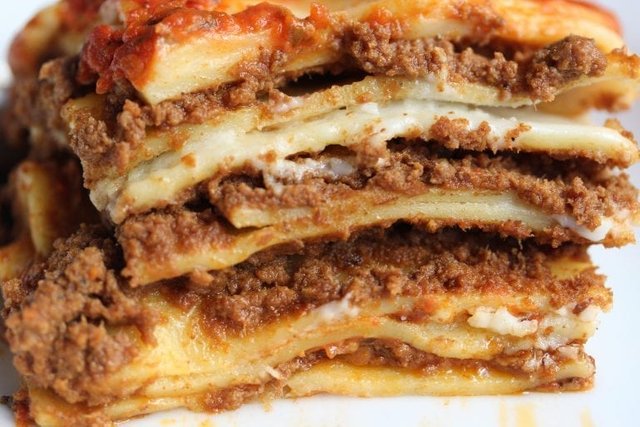
2.Fiorentina Steak
A bistecca fiorentina, or Florentine T-bone steak, covers all of the characteristics of Italy’s best dishes: a specific cut of meat from a specific cow prepared in a very specific way all within the confines of a specific region.
In the case of the enormous bistecca fiorentina, it’s a T-bone steak cut thick (at least 5 centimeters) from the loin of a Chianina cow raised in Tuscany. It’s cooked for 5 to 7 minutes on each side, depending on the thickness, until the outside is cooked and the inside remains very rare. No sense in asking for a medium-well done steak here, the meat is too thick to even think about it!
Despite all the dogma, there are some variations on the Florentine steak. For one, the meat isn’t always from a Chianina cow these days. Many Florentines are okay with the addition of new breeds but others swear that the enormous size and muscle of the Chianina makes for the best t-bones. If in doubt, simply ask. Also, the Florentines tend to prefer the higher cuts, nearer to the rib cage, which contain the fillet known as bistecca nella costola, whereas beyond Florence in Tuscany you’ll likely get a bistecca nel filetto, a lower cut that tends to be smooth and more melt-in-your-mouth. That doesn’t necessarily mean it’s the better, though. The Florentines argue that the bistecca nella costola comes from a more used muscle, meaning it’s more flavorful.
Whichever cut you get, this is a dish to be eaten exclusively in Tuscany – either in Florence or the countryside. It’s also meant to be shared! When ordering, remember that bistecca alla fiorentina is priced by weight; for two people you’re typically looking at 1-2 kg (or nearly 2-4 pounds).
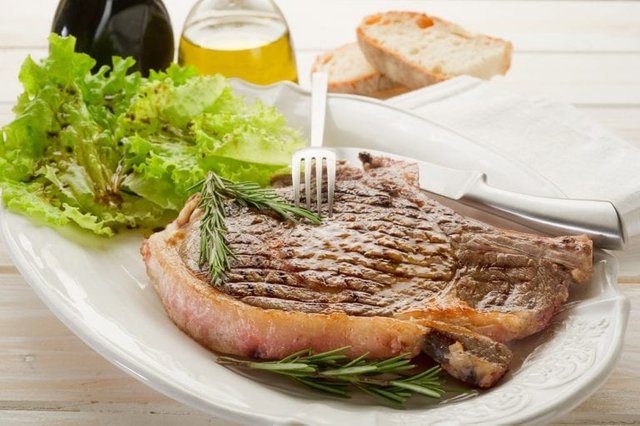
Florentine T-bone steak, a particular dish of Florence
Florentine T-bone steak, or bistecca fiorentina, is a beloved dish all around Tuscany.
- Ossobuco
The world-famous ossobuco alla milanese is a bone-in veal shank, cooked low and slow until meltingly tender in a broth of meat stock, white wine, and veggies. Traditionally, it’s accompanied by a gremolata (lemon zest, garlic, and parsley) but that’s optional. Although the Milanese like to claim this meaty masterpiece there are as many versions of it as there are nonnas in Lombardy, which is known for hearty, often rustic dishes that are good at coating the ribs and staving off the winter chill. Despite the popularity of ossobuco (which literally means ‘hollow bone’), it’s not always common to see it on restaurant menus because it needs about three hours of cooking time. If you do get a chance to eat it in a restaurant or home, or even to cook it yourself, you should jump at the opportunity. It’s usually accompanied by polenta or the next item on our list.
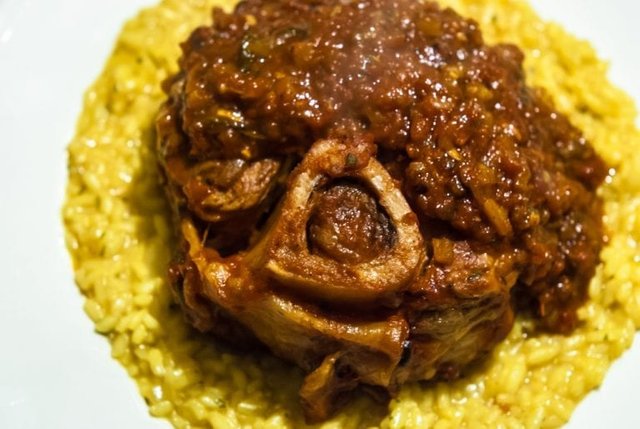
Osso Buco on Risotto Milanese.
- Digestivo
The term “digestivo” or “digestive” does not refer to one drink, but a class of drinks that are enjoyed after a big meal with the aim of settling the stomach and helping you feel not-quite-so-full. Drinking them dates back to the Middle Ages, when people all over Europe believed in the medicinal properties of alcohol mixed with sugar and herbs. Although the doctors are still out on the medical benefits of drinking medium to strong liquors after a meal, the fact remains that you cannot say you have enjoyed a real Italian meal unless you top it off with a shot of the hard stuff. Popular digestives include limoncello, grappa, amaro, cynar, amaretto, and if you’re feeling brave, sambuca which has enough alcohol to make a horse giddy. If you step off the beaten track in Italy you will also discover all types of nice post dinner tipples made from local fruits and herbs. Don’t be shy, they are always worth a sip.
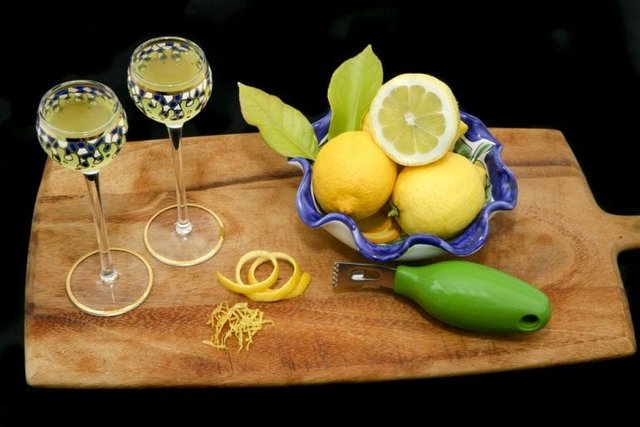
Limoncello, an Amalfi coast specialty
Limoncello originated in the Amalfi Coast but it has become a popular digestivo all over Italy.
Best park of italy
A journey through nature and ancient villages, dense forests and traditions, wildlife and crafts: today we head towards the green heart of Italy, where nature is protected and the life follows its rhythms, where each trip becomes an adventure, to discover the colors and scents of nature. From the mountains to the sea, we have chosen the 10 national parks that we like the most among the 24 in the Italian territory, to visit on tiptoe, in complete harmony with the environment, staying in beautiful eco-friendly accommodations.
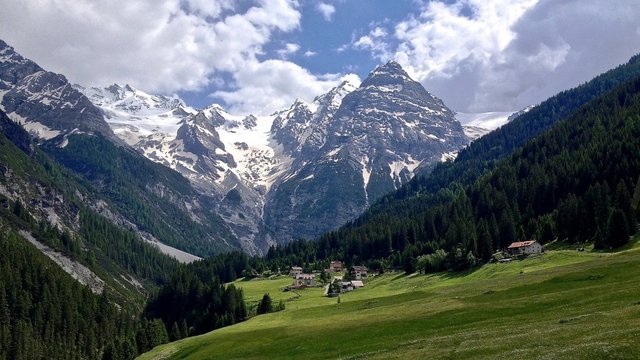
Stelvio National Park, in the heart of the Central Alps
Note- all photos are downloaded by a google sorry for that.
Thank You

Cc:-
@steemitblog
@steemcurator01
@steemcurator02
@girolamomarotta,
@top.rewards.club
@italygame
